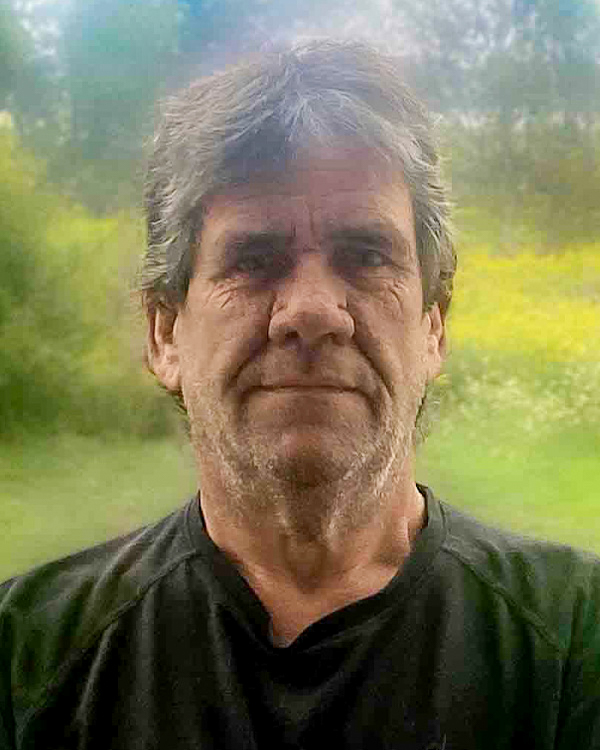Working Group
Marine Debris and Entanglement
The Problem: Marine Entanglement and Dangerous Working Conditions
Ocean species and mariners suffer from the risk of entanglement when lines and ropes are introduced in their environment, including commercial fishing ropes and ropes used for research, government activities, and marine transport. The issue of ghost gear arises when gear is lost or damaged as a result of environmental factors or tampering issues. Ghost fishing occurs when lost or abandoned traps or pots continue “fishing” until they are either found and recovered or they break down naturally. Disconnected ropes, buoys, and other floating debris pose a risk of entanglement to any species that come into contact with them. Change is required to better regulate these issues in various marine professions and regions.
Natural migration patterns lead endangered marine life directly into the path of millions of vertical lines each year along the North American coast lines alone. These entanglements result in the closure of many commercial fisheries each year in the U.S. and Canada, causing staggering economic losses to commercial fishermen and related communities. Government and research agencies spend millions to track, rescue, and recover affected marine life each year, with additional millions spent on the clean up and recovery of ghost gear.
Additionally, this gear poses great risk to mariners working onboard ships. Vessel interactions with fishing ropes and lines used in cargo handling, deployment, and the recovery of research equipment are the cause of many severe injuries and fatalities to mariners each year. Specie endangerment, mariner safety, regulation changes, economic losses and significant carbon footprint outputs are all important issues facing modern fisherman and professional mariners.
The Main Objective
The main objective of this Working Group is to mitigate the risk of entanglement for all marine life and mariners alike. This Working Group hopes to achieve this objective by establishing the ropeless and Tautline fishing systems as tools to directly and positively impact issues of marine entanglement and ghost fishing gear. This Working Group aims to promote a reduction in the amount of rope (ropeless & on demand gear) utilized at sea and to promote a change in how marine equipment is handled and deployed (tautline buoys) to promote a safer environment for whales, sharks, turtles, and other marine species while also significantly improving on deck safety.
An ultimate outcome of this Working Group would be the widespread adoption of the ropeless and Tautline fishing systems as part of marine safe fishing gear. The switch to ropeless fishing and enclosed Tautline fishing systems aims to reduce mariners’ required interaction with fishing lines. Along with decreasing risk to marine life and mariner safety, these technological advancements to commercial fishing gear will also allow for more accurate identification of fishing traps and pots, thus leading to a reduction in the output of carbon.
Mission
To solve the issue of marine entanglement through innovation, collaboration, and technology.
Vision
To reduce and, ultimately, eliminate marine entanglement by using a multi-disciplinary input combined with the adaption and improvement of existing technology and innovation.
Ropeless Fishing
Objectives
This Working Group hopes to mitigate the risk of entanglement for all marine life and mariners alike by establishing the ropeless and Tautline fishing systems as tools to directly and positively impact issues of marine entanglement and ghost fishing gear. This Working Group aims to promote a reduction in the amount of rope (ropeless & on demand gear) utilized at sea and to promote a change in how marine equipment is handled and deployed (tautline buoys) to promote a safer environment for whales, sharks, turtles, and other marine species while also significantly improving on deck safety.
An ultimate outcome of this Working Group would be the widespread adoption of the ropeless and Tautline fishing systems as part of marine safe fishing gear. The switch to ropeless fishing and enclosed Tautline fishing systems aims to reduce mariners’ required interaction with fishing lines. Along with decreasing risk to marine life and mariner safety, these technological advancements to commercial fishing gear will also allow for more accurate identification of fishing traps and pots, thus leading to a reduction in the output of carbon.
Additional objectives include the possibility for collaboration, partnerships, and the licensing or sale of this ropeless fishing technology. Led by inventors, this working group invites mariners and biologists to participate in a peer review process of these systems.* Other objectives include participation in a test fishery and trials of the technology’s designs, including discussions for improvements and suggestions on production and developing global markets for these products.
This Working Group believes in offering a solution that honors the traditions and practices of generational fishermen, and thus, the ropeless system has been designed as an add on product. This add on functionality allows for a smoother transition for captain and crew and keeps prices down as the system can be applied to existing fishing traps/pots — the Tautline system requires no changes to fishing gear other than replacing the traditional surface buoy. By removing slack from the fishing rope, Tautline systems will provide outstanding protection for marine animals ranging from sea turtles and seals to sharks and whales. As a buoy, the Tautline also requires no special permitting for use as they remain visible on the surface to all marine traffic.
*Wayne Macdougall & Clayton A. Burke hold all rights to the intellectual property and provisional patents associated with both the ropeless and tautline systems.
Proposed Activity Items
- Submit documents to the IMO on topics concerning batteries, electronics, lubricants, and corrosion protectants used in the maritime industry.
- Establish standardized radio frequencies for submersible fishing gear, specifying a range of frequencies required across different areas/regions. Factors of concern include marine traffic, under sea communication infrastructure, and proximity to military operations. Consideration must also include temperature, depth, and sea conditions regionally.
- Document risk reduction of entanglement when using tautline buoys, as compared to traditional buoy and line deployment, which requires additional slack to compensate for tides and environmental concerns. These risks should compare both marine life and the risk to mariners in handling live lines on deck.
- Compare existing submersible and “on demand” submersible fishing gear that employ controlled release of undersea buoys that allow for recovery by bringing stored lines to the surface. These “hybrid“ ropeless systems require additional labour to reset the line and buoy adding time and complexity for commercial operations. A completely ropeless trap or pot will employ lift bags whose buoyancy will be controlled remotely. This effectively makes the trap function as a buoy when surfaced, requiring only a short line attached to a “drag shoot/sea anchor” for grappling and recovery.
- Addition of GPS tracking on all styles of gear combined with physical marking of lines, traps, and associated hardware. This will provide a major reduction in carbon output across the industry, eliminating the creation of new “ghost gear.” This would allow lost/abandoned gear to be identified by its original region and vessel for recovery. The potential to provide a safer environment to all sea life, mariners, and their communities.
Meeting Notes
Sorry, we couldn't find any posts. Please try a different search.
Participants

Clayton A. Burke
Chairperson
Clayton A. Burke
Clayton A. Burke is from Cape Breton in New Waterford, Nova Scotia. He is the co-CEO of the SOS Foundation, which is a cooperative startup established in 2020.
Clayton is currently working on design and research on several new products/inventions, ranging from topics such as oceans and endangered species to medical equipment innovation and more. Clayton is also collaborating with several U.S. companies on design, intellectual property, ocean research and patents.
With a 25+ year career as a professional automotive mechanic, Clayton has experience and licensing for systems such as HVAC-heating, ventilation, and air conditioning. Clayton also has electronics training for fuel injection, antilock brakes, and vehicle electronic systems, and 20+ years of experience in trouble shooting and repair.
Clayton has received three provisional U.S. patents for his work over the past few years -- one for a medical device (ventilator) and two for commercial fishing gear innovations.
In September of 2022, Clayton had an article published in the Substantial Fishing Gear Edition of the Sea Technology magazine -- a leading international marine publication. This article focused on Clayton and his co-founder's new innovation in commercial fishing equipment, the goals of which are to reduce marine entanglement, improve mariner safety, and eliminate fisheries closures.

Wayne Macdougall
Co-Chairperson
Wayne Macdougall
Wayne Macdougall is from Cape Breton in New Waterford, Nova Scotia. He is the co-CEO and founder of the SOS Foundation, which is a cooperative startup established in 2020. Previously, Wayne worked as a licensed red seal pipefitter/steam fitter.
Currently, Wayne is working with several U.S. companies on ocean research, intellectual property, design and patent work to further the work of the SOS Foundation. Presently, he is involved in research and design work on medical equipment (ventilator) and innovative fishing gear to reduce/eliminate marine entanglement. Since 2021, Wayne has received three provisional U.S. patents for this work -- one for the medical device (ventilator) and two for commercial fishing gear innovations.
In September of 2022, Wayne had an article published in the Substantial Fishing Gear Edition of the Sea Technology magazine -- a leading international marine publication. This article focused on Wayne and his co-founder's new innovation in commercial fishing equipment, the goals of which are to reduce marine entanglement, improve mariner safety, and eliminate fisheries closures.
Get Involved
Looking to get involved in this Working Group? Please fill out the following form to request participation in the Working Group.

